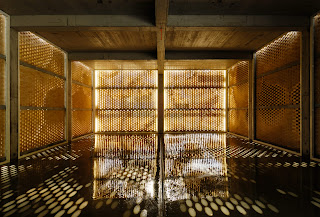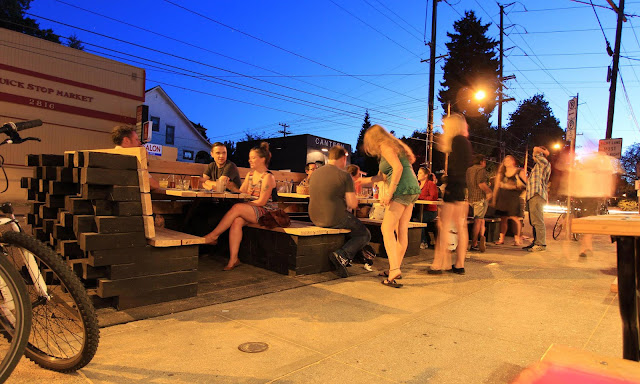Video: Magnus Larsson - Turning dunes into architecture
This is an amazing architectural concept. Vast in scope and with a functional and benificial goal this idea is a monumental undertaking while positively affecting the environment of Sub Saharan Africa. I am torn whether intervening with natural systems to this extent is actually a positive, however slowing desertification is an admirable goal that could improve the lives of millions. It would be amazing if the world would band together to support a project that is not directly benifiting the wealthy developed world. The organic forms produced create intriguing spaces and forms, while introducing trees and plants to this wall has many benifits to the area. This is definitely controvercial and has me thinking about so many issues. Is this even architecture? How much control do you have over the forms once they begin to grow? How do you stop them from growing indefinitely? What are your thoughts?
From TED.com:
Architecture student Magnus Larsson details his bold plan to transform the harsh Sahara desert using bacteria and a surprising construction material: the sand itself.
Architecture student Magnus Larsson wants to turn some of the most deserted and harsh landscapes on the planet into habitable structures. How? By turning loose sand dunes into solid architecture using bacteria. A team at UC Davis has been looking at the microorganism bacillus pasteurii to solidify the ground in earthquake-prone areas. As Larsson puts it, "All I did was to deliberately misapply their technology ... and to pump up the scale, and turn it into a 6,000-km-long wall that's made of sand and protects against sand."
After talking with Jason DeJong at UC Davis and with Stefano Ciurli, a b. pasteurii expert at the University of Bologna, Larsson put together a team at University College London to grow the bacteria and attempt to solidify sand. His Holcim Award-winning proposal is a complement to the Green Wall Sahara shelterbelt, being planted across the African continent. Larsson is now investigating how to bring the project to the next stage: a 1:1 scale prototype.
"One of the most interesting aspects of the project, I think, is that this solidified dunescape is created through a particularly novel form of‚'sustainable construction' -- that is, through a kind of infection of the earth."
Geoff Manaugh, BLDG BLOG






